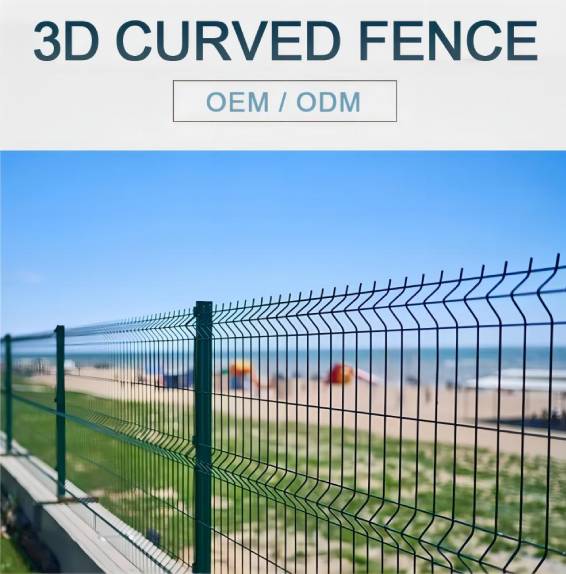Hexagonal Wire Mesh Structures for Gabion Applications and Landscape Design Solutions
Understanding Gabion Hexagonal Wire Mesh Applications and Benefits
Gabion hexagonal wire mesh is a robust and versatile material widely used in civil engineering and landscaping projects. Its unique design, made of hexagonal-shaped openings, provides several advantages over traditional mesh. This article explores the properties, applications, and benefits of gabion hexagonal wire mesh in various settings.
What is Gabion Hexagonal Wire Mesh?
At its core, gabion hexagonal wire mesh consists of a series of interconnected hexagonal wires that create a network of openings. These wires are typically made from high-quality steel, often galvanized or coated to prevent corrosion and ensure durability. The hexagonal shape allows for optimal interlocking of stones or other materials that are used to fill the gabions, thus enhancing stability and strength.
Applications of Gabion Hexagonal Wire Mesh
Gabion hexagonal wire mesh finds extensive application in various fields. One of the most common uses is in erosion control. The structure of gabions allows for effective water drainage while retaining soil, making them ideal for riverbank stabilization and hillside reinforcement. These structures are particularly beneficial in preventing soil erosion in areas prone to heavy rainfall.
Moreover, gabion walls are increasingly being used in landscape architecture. They can serve as decorative elements, retaining walls, or planters in gardens and parks. Their aesthetic appeal comes from the natural stone fill, which can be customized to match the surrounding environment.
gabion hexagonal wire mesh

Gabions are also gaining popularity in sustainable construction practices. The use of natural materials for fill and the longevity of the wire mesh contribute to eco-friendly building methods. Additionally, involved local quarries can provide stone fill, supporting local economies and reducing transportation costs.
Benefits of Using Gabion Hexagonal Wire Mesh
One of the primary benefits of gabion hexagonal wire mesh is its structural integrity. The robust construction enables these systems to withstand harsh conditions, making them suitable for various environmental factors, including flood waters and landslides. Furthermore, their permeability lets water pass through, reducing pressure build-up and minimizing the risk of failure.
Another significant advantage is ease of installation. Gabion structures can be rapidly assembled on-site, requiring minimal equipment. The flexibility of the design allows for adjustments as needed, accommodating different terrains and conditions.
Lastly, gabion hexagonal wire mesh is cost-effective. The materials used, particularly natural stones, are often less expensive than concrete or other engineered solutions. In the long run, their durability means lower maintenance costs, providing an economical solution for construction and landscaping needs.
Conclusion
Gabion hexagonal wire mesh offers an efficient and aesthetically pleasing solution for a range of engineering challenges. Its strength, versatility, and eco-friendly attributes make it a preferred choice for architects, engineers, and landscape designers alike. Whether used for erosion control, structural support, or artistic landscaping, gabions continue to prove their value in modern construction. As we embrace sustainable practices in building, the importance of materials like gabion hexagonal wire mesh will undoubtedly grow.
-
Space-Saving Chain Fence Hacks Vertical Gardening with Cyclone MeshNewsJul.16,2025
-
Innovations in Iron Nail Wire Production for Modern ConstructionNewsJul.16,2025
-
Creative Uses of Wire Netting Fence in Modern Landscape DesignNewsJul.16,2025
-
Barbed Wire Fence Innovations in Anti-Climb TechnologyNewsJul.16,2025
-
Architectural Uses of Umbrella Nails for Aesthetic Roof DesignsNewsJul.16,2025
-
Architectural Uses of Razor Barbed Wire in Secure Urban DesignNewsJul.16,2025




